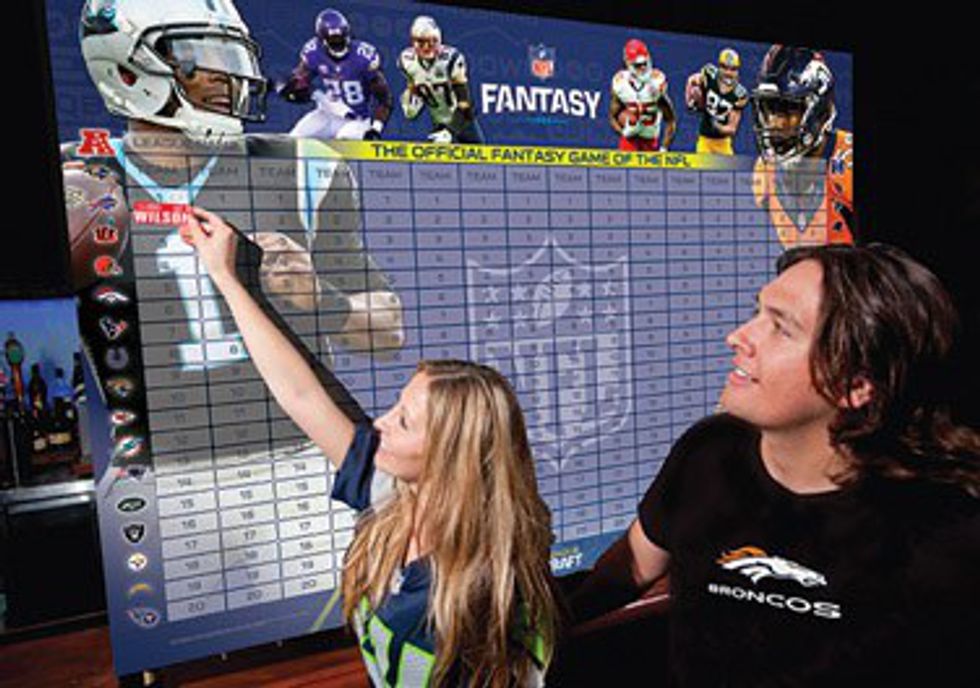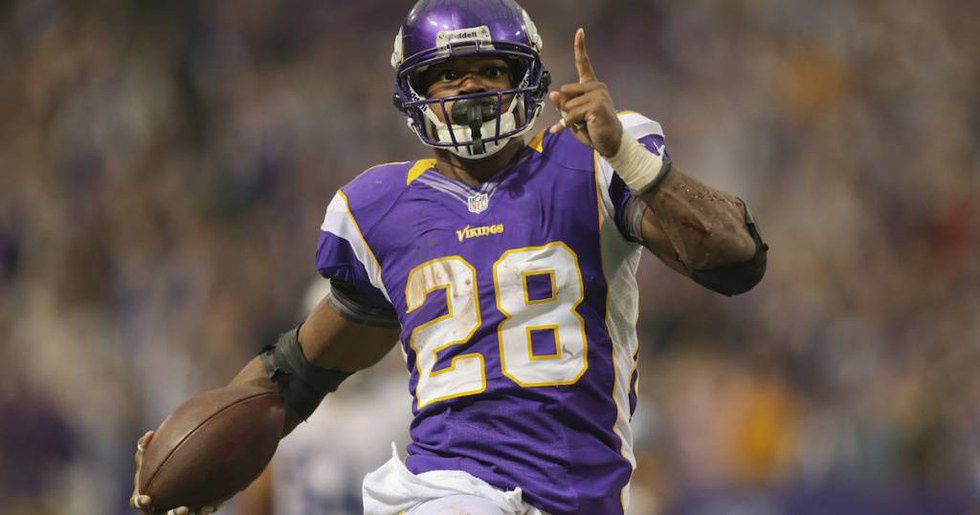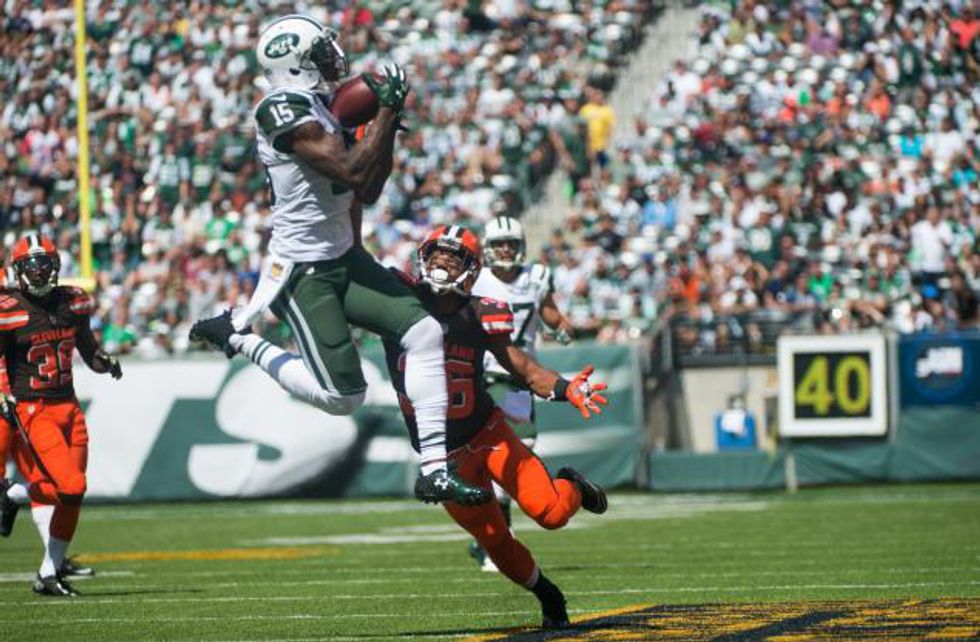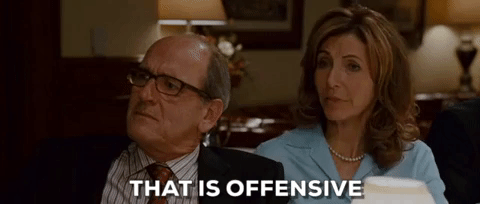Welcome back for the second installment of the two-part fantasy football series. The previous article swerved through the most common draft styles, positions and points systems for fantasy football. I trust everyone has taken a small amount of time to familiarize themselves with some of the NFL athletes as well. So without further ado, it's time to talk draft strategies. For the sake of these examples I will be using the snake draft in a ten-team standard points league to begin. Once I finish the example of the standard points league, I will explain the difference in strategy for the PPR points league. So buckle up and let's get started!
So, it's time for your very first fantasy football draft, and what do you know, you're the first overall pick! Who do you take? The overwhelming idea of having the entire field of talent before you is riveting, but you can only take one player. So how do you know who to take? The best answer can be found in where your points are going to be most earned. Remember I mentioned that the biggest chunk of points are in your running backs and wide receivers? Well, this is going to be your stepping stone. Begin with running backs and wide receivers.
So you're narrowed down to the two positions, but you can only take one person and you have no idea who to take. This is where the strategy really begins to thread its needle. To understand how to draft wisely, you have to understand the availability of each position. What I mean by that is: who are there more of in the league? Are there more starting running backs or more starting wide receivers? And of those starters, who's more trustworthy based on their reputation? A rule of thumb when drafting a successful fantasy team is to know that running back talent is much less available that wide receiver talent. You need two starting running backs and two starting wide receivers. There are at least thirty-two starting wide receivers in the NFL; that may not necessarily hold true for the running backs. Many teams use a committee running attack (splitting carries between two or even three running backs on a team), which significantly hinders the strength of a fantasy running game. You want to have at least one starting running back on your team, a strong workhorse who's on the field for more than half the game. This will ensure your fantasy team of a trustworthy athlete throughout the season, barring injury. So in round one, take the best available starting running back.
Now that you've taken your running back, you wait for your next pick. The snake draft flows through the many other people in your league and comes right back to you. It's now round two and you're the tenth overall pick. Suddenly the field of talent has lessened. You only have one running back and no other players on your roster. What do you do? Well, the good thing is that because of the snake draft, once you make your second round pick, you'll automatically be thrusted into your third round pick. So with two picks in a row, you'll want to collect your second starting running back and your first starting wide receiver. Follow the same logic as presented for the first round pick. However, due to being in the third round now, some of the better wide receivers may have been taken at this point, however this does not mean there are no good wide receivers available. Despite there being less available to you, the field is saturated with talent. Try to find a wide receiver who is constantly trusted, even when double covered by the defense. This small fact shows the trust a team has in him, and may also speak to his productivity and success in the league. Also, your familiarity with the athlete(s) will help tremendously now. Having taken a running back and wide receiver in rounds two and three, this will then complete three quarters of the main part of your team.
Fast forward to round four, and you're the tenth pick again. What do you choose next? Simple: choose your second wide receiver and finish the meat of your team. Now that you have two running backs and two wide receivers, it's time to fill the other positions, right? Not so fast. Remember that each team has a bye week. This means that for a minimum of one week, your player will not be available to you. Due to this, in addition to the importance of the running back and wide receiver positions, it's time to start drafting your backups. Not to extract from the importance of the other players though. Each position is vital to your success, but as mentioned, running back and wide receiver talent is few and far between. You must take advantage of building a strong starting rotation and backup rotation for both respective positions. In this case, your best defense is your offensive firepower. The quarterbacks, tight ends, kickers and defenses will still be there down the line. Keep to the running backs and wide receivers.
Okay, so it's round five and you're pick number one. Who do I draft next, you ask? Simple: draft another running back. Remember I mentioned the need of a true starting running back? This will bode true even this late in the draft, and if there are any starting running backs still available at this point, you must draft them. This is the greatest strength and greatest defense against high-powered teams in your fantasy league.
Now you enter round six and once again you're the tenth pick. Continue adding to your running and receiving corps. In this case, because you have back to back picks (round six, pick ten and round seven pick one), keep following the logic presented in this article in approaching running backs and wide receivers and draft them accordingly. You'll want to continue this strategy until round nine. Ideally, you want to have four running backs and four wide receivers on your roster. This will ensure no vacant starting slots when your players have bye weeks, and also protects you in case one or more players are injured during the season.
By round nine, you'll want to draft your tight end. The best way to draft a tight end is to know which ones are blocking and which ones are receiving. The obvious need for your team would be a receiving tight end. A better reputation for receiving will bolster your team's productivity, assuming said tight end continues such a trend. Personally, I tend to draft both my starting and backup tight ends in back-to-back rounds. In this case, it would be rounds nine and ten.
Next, you want to draft your quarterback. Usually I draft mine back to back as well, however some people prefer to draft one and wait a few rounds to draft the second one, while others actually prefer drafting them last. In this case, the choice is yours. For the sake of the example, we'll look at drafting your quarterback in round eleven.
Bearing in mind that a quarterback, while valuable, will not render as many points as your running backs and wide receivers, they will give you the next best chunk of points in the game. The best thought to keep in mind while choosing your quarterback is which ones are true passing quarterbacks. There are some in the league backed by a very strong running game, rendering the quarterback as a game manager (or one who throws the ball only when he absolutely has no other choice). This is not the quarterback you want for your team. Assess which quarterbacks available to you are true passing quarterbacks, and take one.
The strategy from then on falls off, as there is no particular order to continue with. The most important and vital pieces of your team at this point have been filled, and the only suggestion I would make would be to save the drafting of your defenses and kickers until the final two rounds. These two positions are the ones least likely to give you chunks of points and therefore are the least important of your team.
In relation to the standard points system, that about concludes the strategy for it. Believe it or not, the PPR league strategy is extremely similar, with a few key differences.
In the aforementioned paragraph, drafting a running back in the first round remains the same, and for the same reasons. Truthfully, regardless of what kind of league your part of, I believe it is safe to say that drafting a running back in round one will always remain the same.
In rounds two and three however, the strategy changes. Bear in mind the PPR league. Because of the additional point due to receptions, the value of wide receivers greatly increases. Because of this, I would take two wide receivers back-to-back in rounds two and three. I mentioned earlier that as the draft continues on, the less talent there is available. In a PPR league, this fact along with the extra point for receptions and the fact that the NFL has recently become a pass-happy league, adds more value to a wide receiver. It is imperative that your roster has as many wide receiving playmakers as possible for a PPR league. The greater the firepower with receivers, the more points you gain.
In round four, you would draft your second running back. This completes the corps four of your team, and at the commencement of round five, you will again begin drafting your backups. However, contrary to drafting a backup running back in a standard points league for round five, I would suggest drafting your backup wide receiver in round five for the PPR league. As previously mentioned, the more firepower acquired for the receiver position, the stronger your PPR team.
Continue this up to round nine again, and after having drafted your running backs and wide receivers, draft your tight ends again. However, it is even more important to land a pass-catching tight end now than it would be in a standard points league. Try to land said pass-catcher for the tight end position, both starting and backup, and then follow the same strategy for drafting your quarterbacks. From here on, the strategy again falls off. My suggestion at this point would be to again wait to draft your defenses and kickers until the final round, and to focus solely on every other position available to you, in whichever order you choose.
Well, that about does it for the fantasy football drafting strategy. To those who are new to fantasy football, I hope this has given insight on how to go about building your fantasy team for the upcoming season. Hopefully I've given enough pointers to render you a successful first season in the fantasy football world. Good luck to everyone!





























